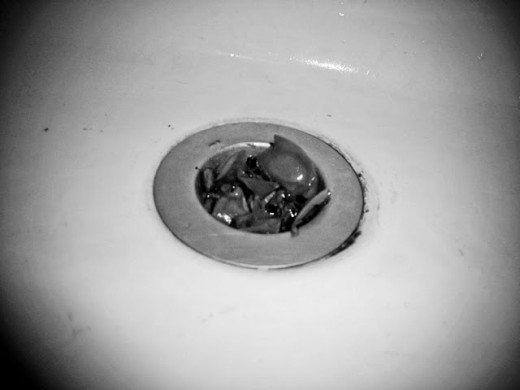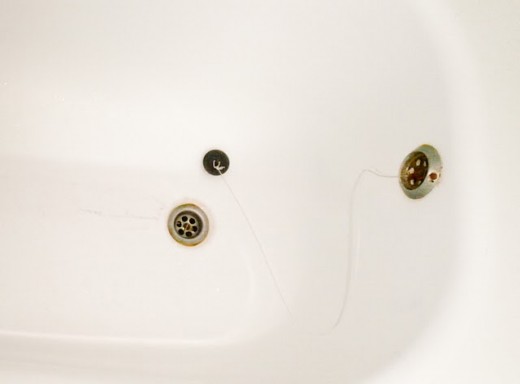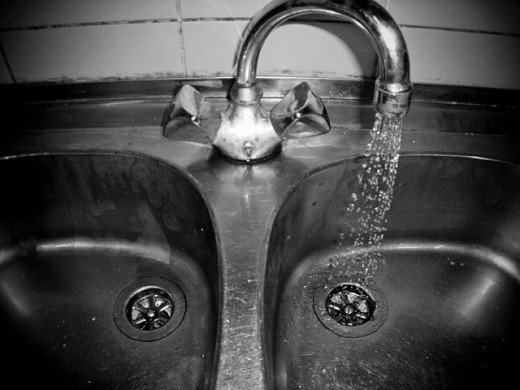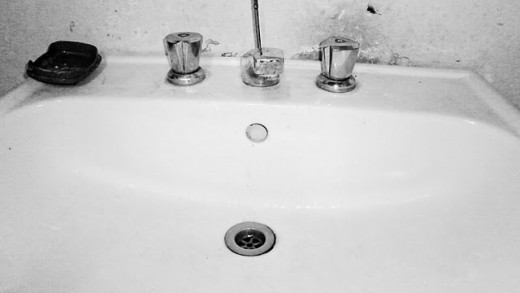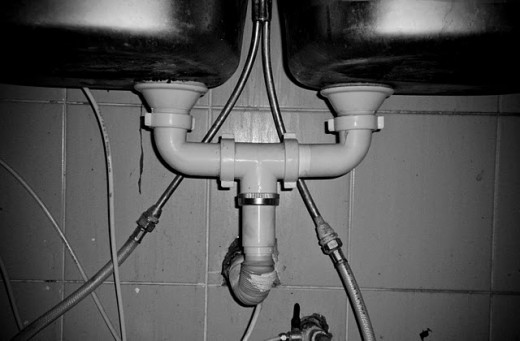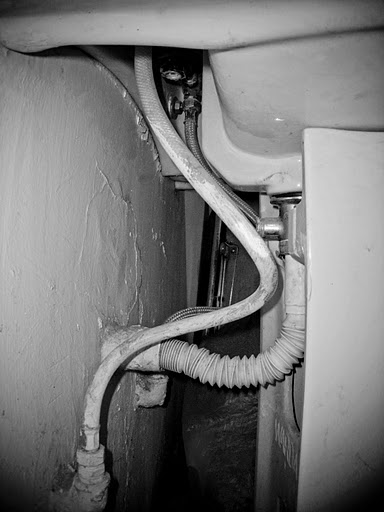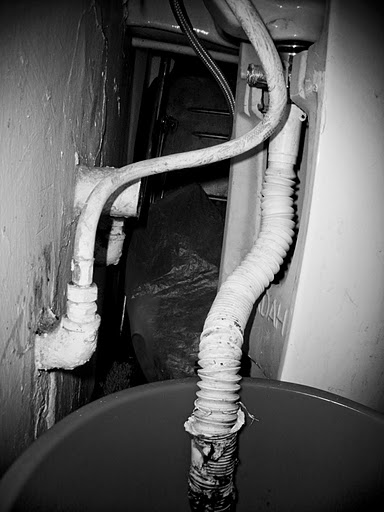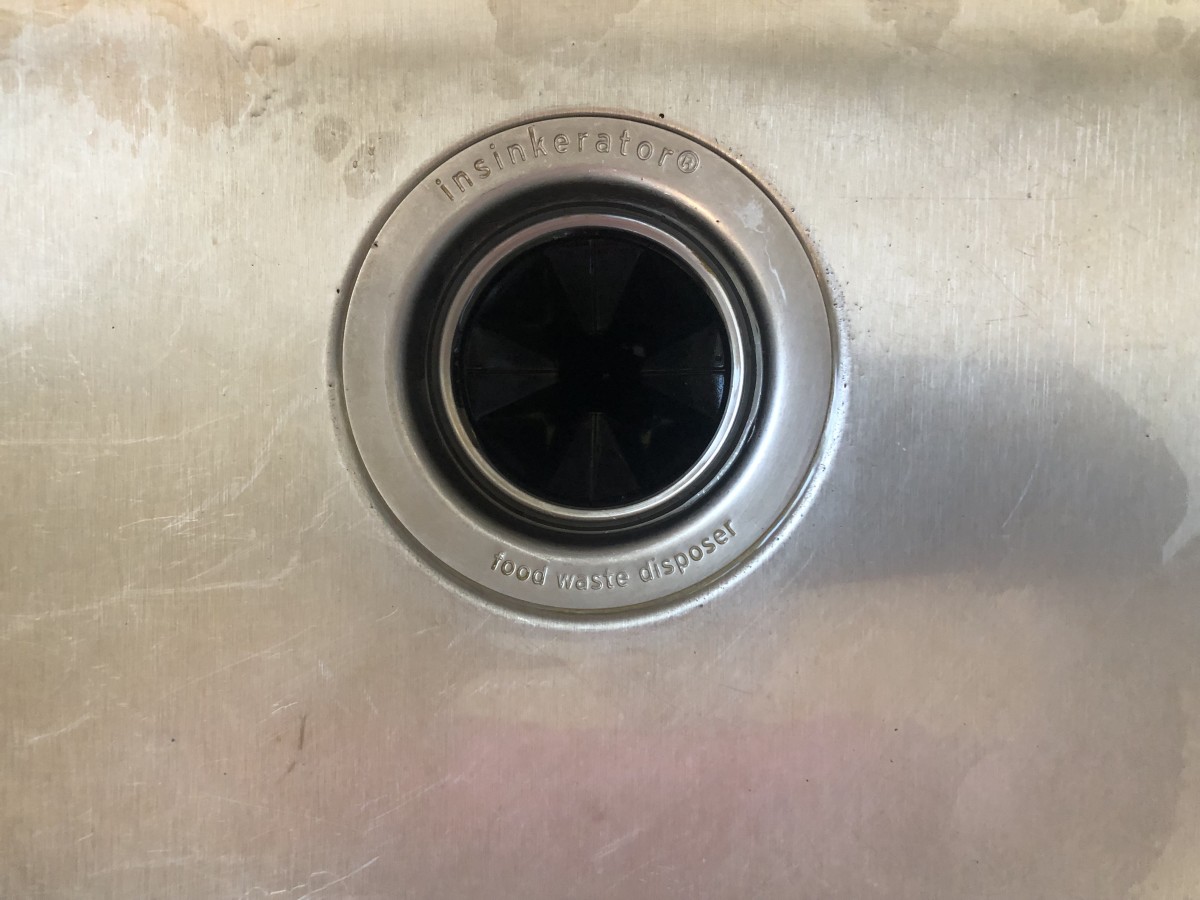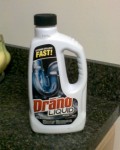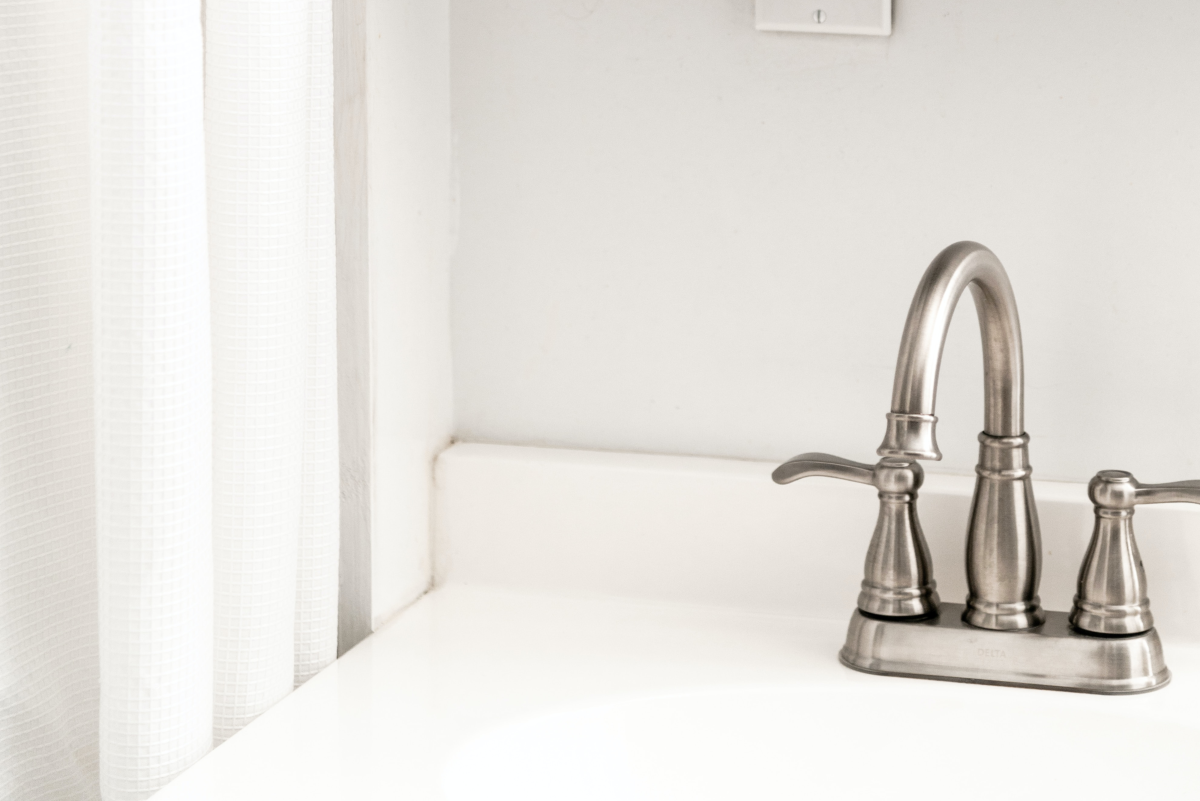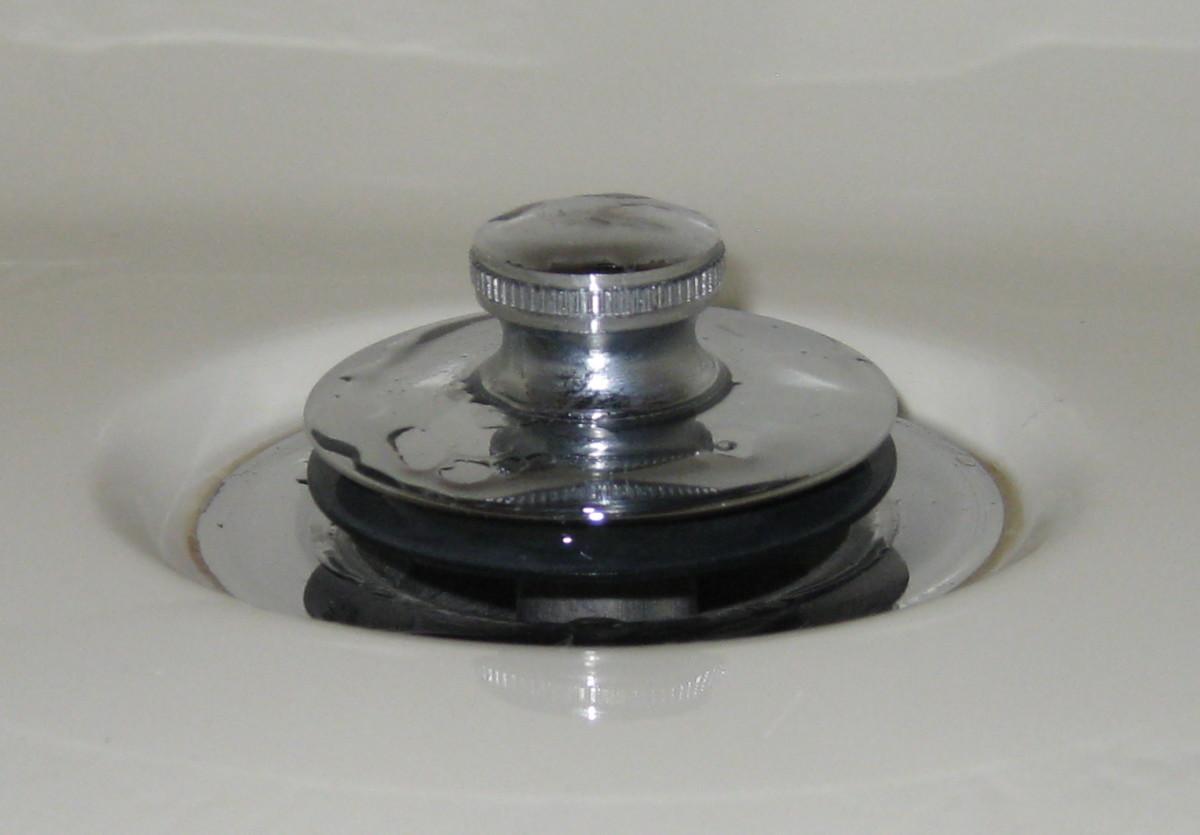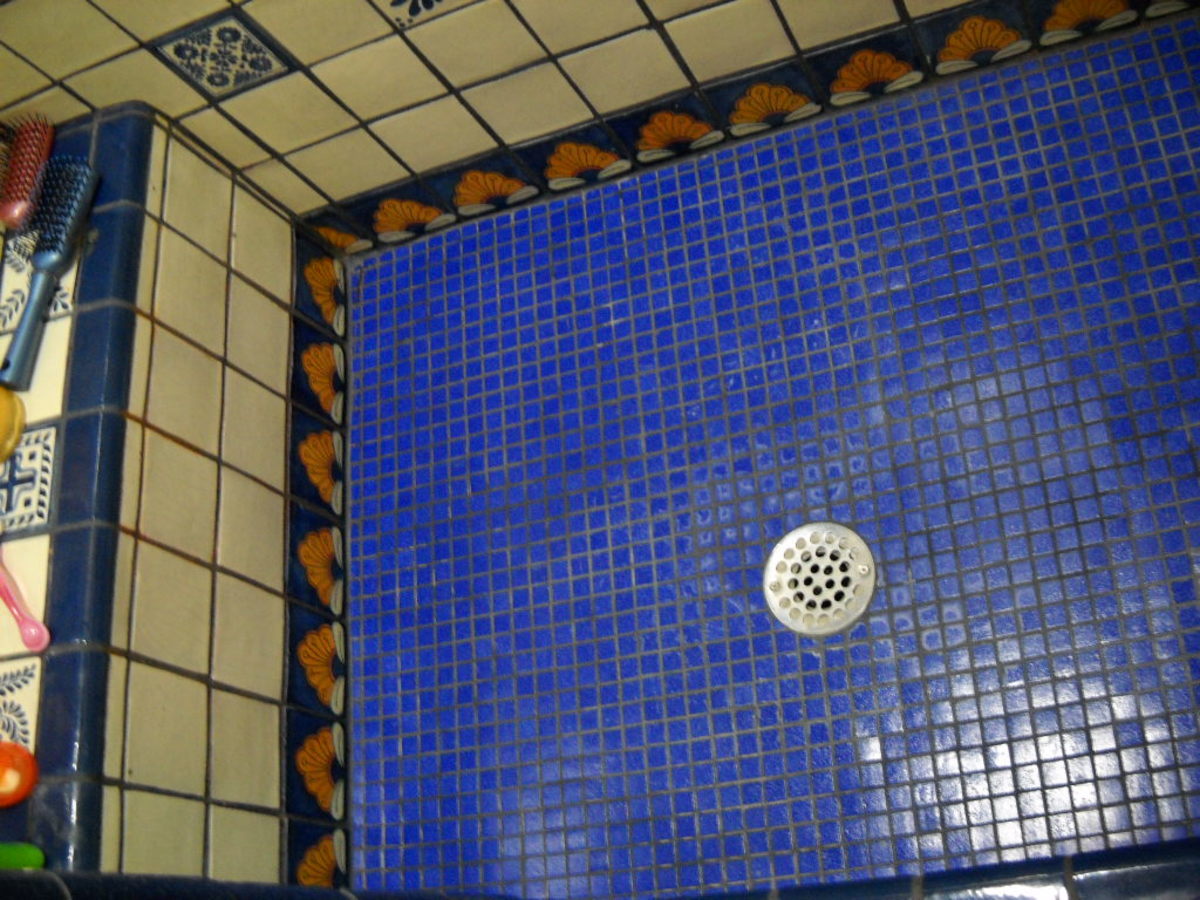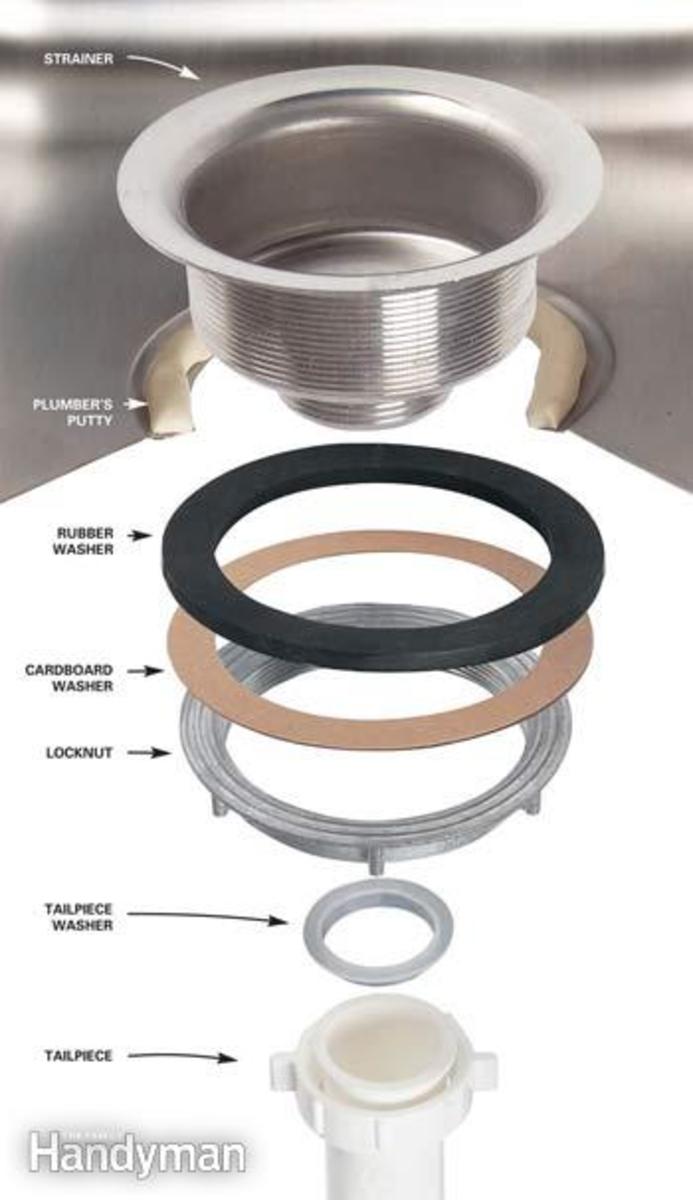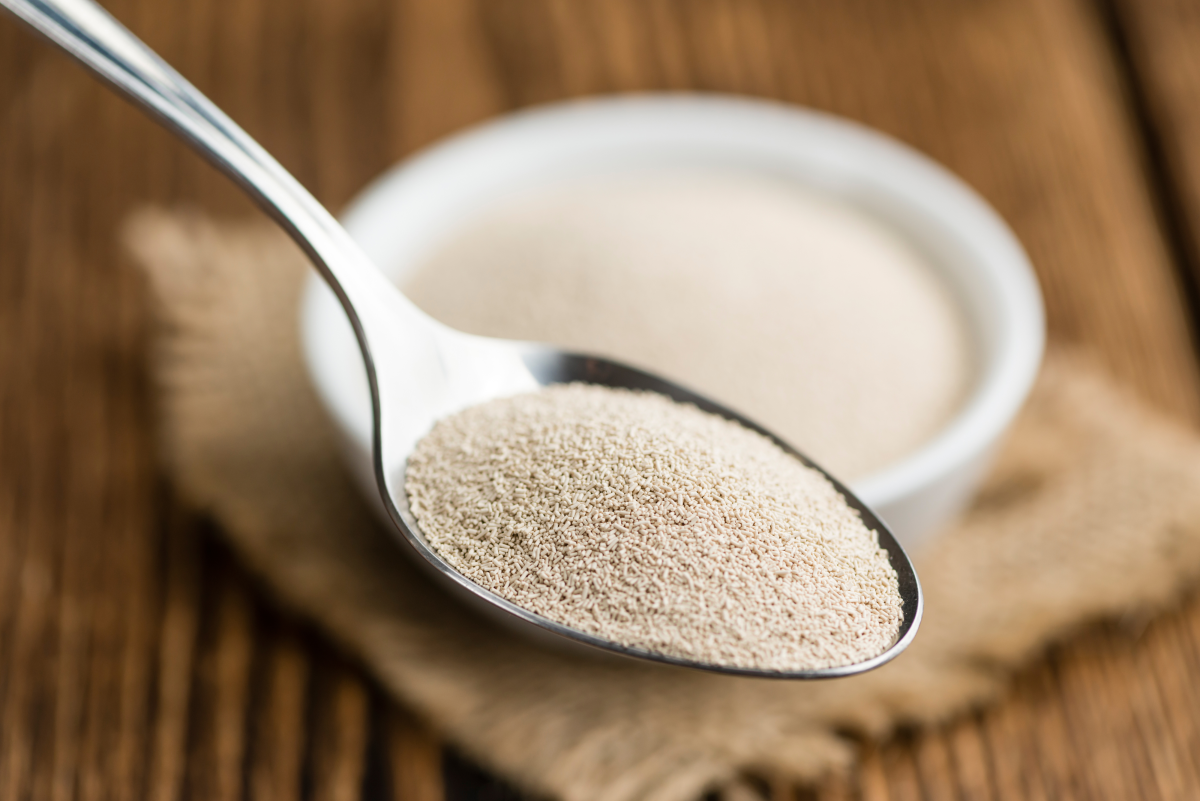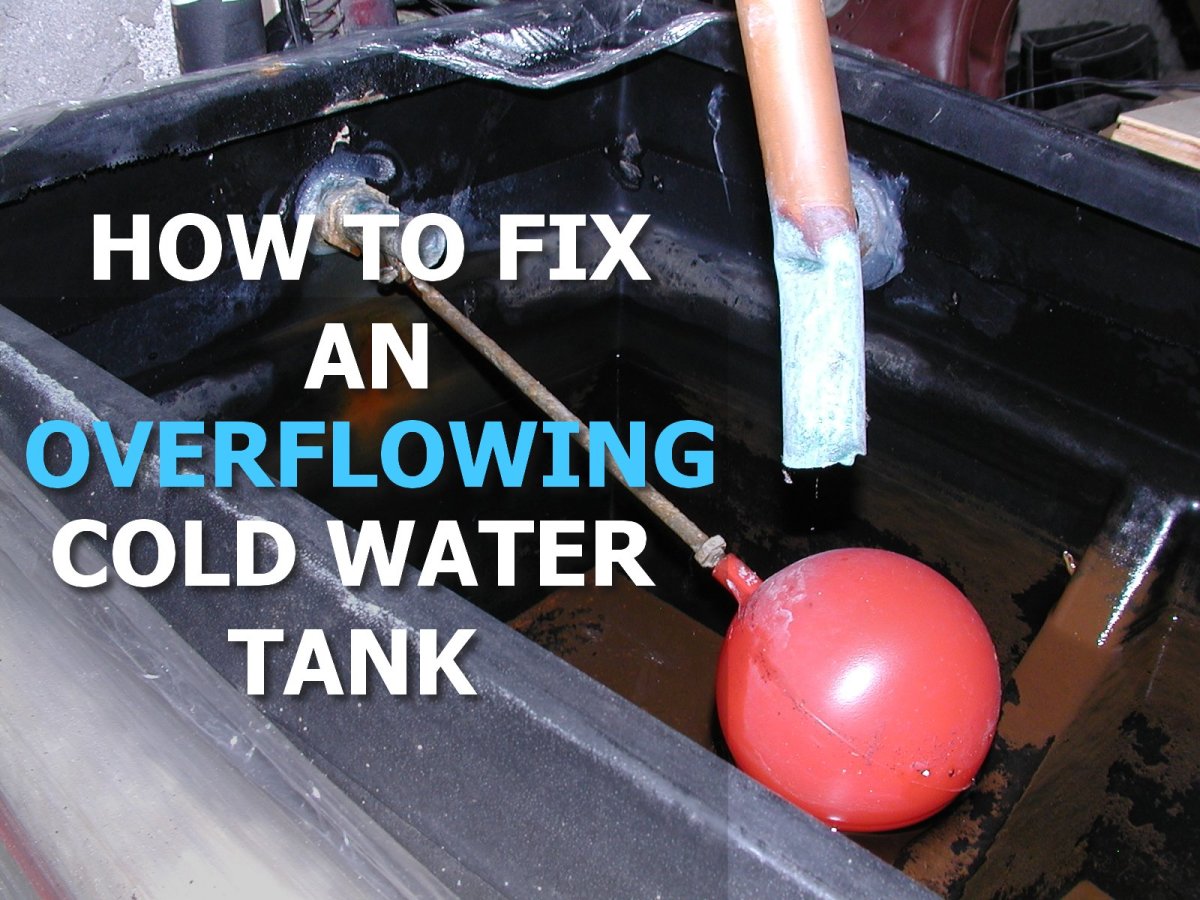How Do You Unclog a Drain
In all probabilities, you might have already experienced having your sink, bathtub, toilet or floor drain clogged. While washing the dishes or after flushing the toilet, suddenly you notice that it's not draining, and the water is beginning to rise. What did you do? Panic? Call someone you know? Did you call the plumber in randwick?
I have always relied on my dad or my husband for solving these types of household problems because I am not a handy woman. But you know, there would be times that you can't and shouldn't really rely on others to do simple things for you. So it is better to know how to do things yourself.




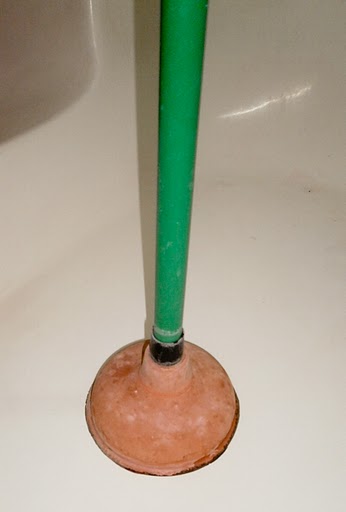
How to Use the Plunger?
- Fill the clogged drain with water until the head of plunger is immersed in water. You may put petroleum jelly on the lip of the plunger to create a better suction.
- Put the plunger over the drain, then rapidly pump up and down.
- After a few pumps, quickly pull up the plunger. The water should immediately drain out. If not, repeat steps 2 and 3 a few more times.
What are the Ways to Unclog a Drain?
To unclog different types of drains usually follows similar steps. Listed below are steps which one can do to unclog a drain. Hopefully, one does not need to reach the last step before being able to unclog the drain.
1. The first step is to remove any obvious or visible causes of drain clog. The sink stopper or drain strainer may have collected particles like food debris or hair strands. Remove these and throw them in the garbage.
2. If the drain is still clogged, use the handy plunger.
- But before plunging, do this helpful tip first. Take a piece of wet rag or cloth and cover the overflow of the sink or the bath tub. If there is no overflow as in double kitchen sink, cover the other drain which is not clogged. As for bathrooms which are adjacent to each other or bathrooms that is adjacent to the kitchen, drain pipes of both is probably connected, so cover the unclogged drain of the bathroom or kitchen with wet rag.
- Now, you can use the plunger effectively. Doing the above will ensure that the plunger will work and put pressure down into the drain when plunging and hopefully will force the clog through the pipes. Otherwise, the water from the clogged drain may flow out of the unclogged drain. This is what we experienced when our bathroom floor drain was clogged. When we used the plunger, the water overflowed out of the kitchen floor drain.
3. If using the plunger didn't work, that means the cause of the clog is still there.
If the cause is related to grease and results to moderate clogging, some of the things that can be done include
- Pour hot-boiling water down the drain (Note: if you use plastic pipes, be careful about its lengthy exposure to boiling water. It may damage the pipe.)
- Pour 1/2 cup of baking soda then 1/2 cup of vinegar (Note: Be careful because the two substances react to form fumes). Then, cover the drain with stopper and let it be for three hours or overnight before running water.
- Afterward the first and/or second options above, apply the plunger again.



If the cause is related to solid objects that completely block the drain pipes, then you must remove the stuck object manually or chemically. Some of the things you can do include
- Use the plumber's snake or a flexible auger. To use it, remove the drain stopper and insert auger wire into the opening. The tip of the plumber's snake digs itself into the clog much like a corkscrew. Pulling it out can retrieve the objects causing the clog. It may also break up the blocking object and scrape off the accumulated matter on the pipe walls, thus clearing the drain pipe.
- If using the plumber's snake still didn't unclog the drain, you may need to remove the clog by working under the sink. Prepare a bucket for catching the water from the pipe under the sink which is also called sink trap. Depending on the type of pipes used, your work may be as simple as pulling out the pipes just as in the picture shown on the right and draining the contents into the bucket or more cumbersome which requires unscrewing pipes. Sometimes, you may need to reach the clog in the trap using the plumber's snake or just a bent wire coat hanger. If the clog is not in the trap, insert the plumber's snake into the drain extension that goes into the wall. Hopefully, this will unclog the drain through the main drain pipes. Afterward, clean and replace the trap.
- Use chemical drain opener or drain cleaning solution. Many of these drain solutions are made of bauxite and caustic soda that help break up clogs. Be sure to follow the directions in using these chemical solutions. Be careful because they also release fumes and are very toxic. I listed this option last because the strong chemical may harm the fixtures, besides, the odor is awful.
4. Finally, test again if the sink or drain is now working properly by running some water. If it does, you did a great job. If it doesn't, then, it's time to call the plumber.

